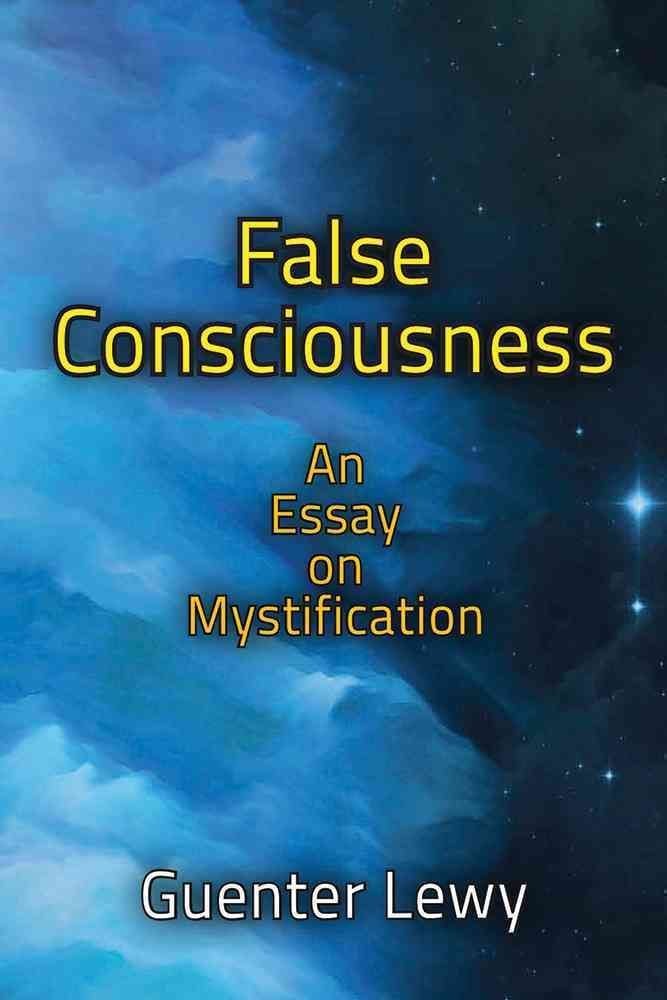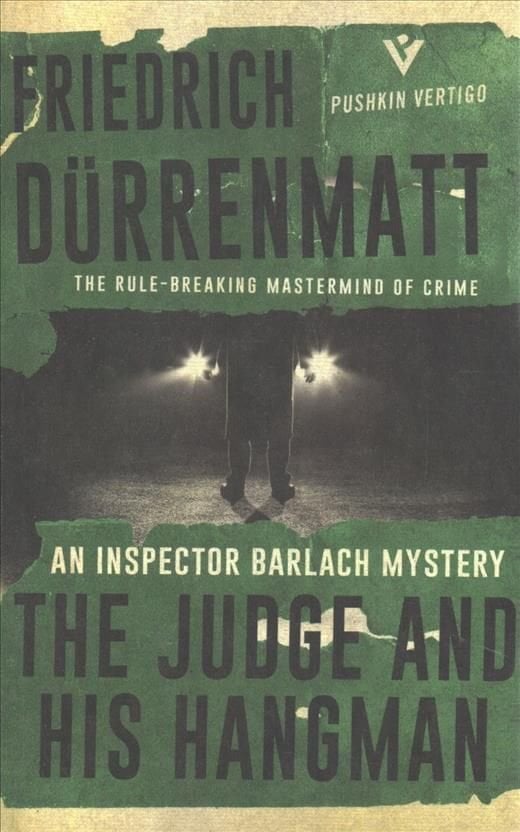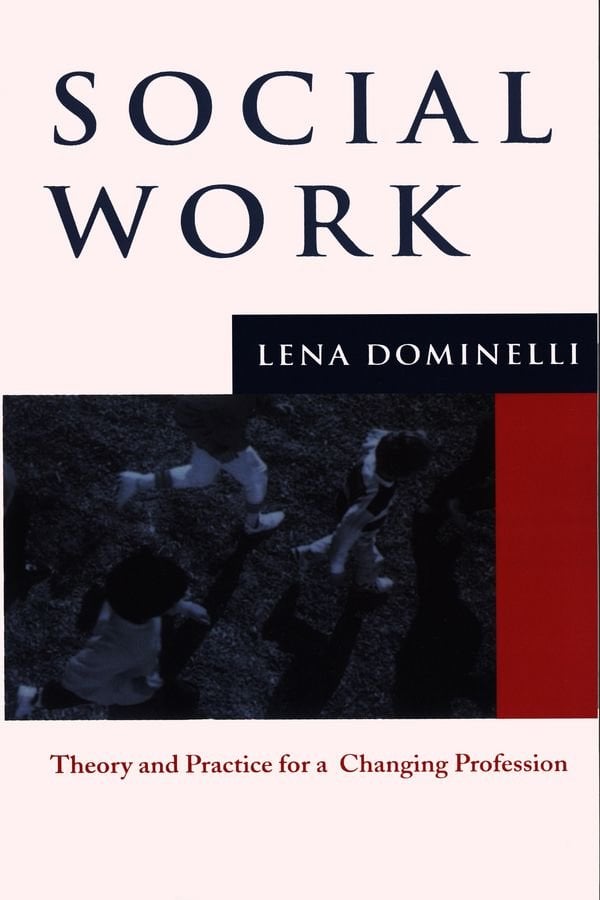This book views Jacques-Louis David’s pre-Revolutionary’ Oath of the Horatii’ as the realization of political and cultural gender struggle and goes back to antiquity and to Pierre Corneille’s seventeenth-century play ‘Horace’ to trace major antecedents of David’s work.The play begins with Livy’s account of gender strife in the Roman family of the Horatians.As Horace returns from battle against Alba, he is bitterly reproached by his sister Camille for slaying her Alban fiance.Outraged, Horace kills her and is subsequently tried by the Roman state and freed.Corneille’s 1640 version of the tale, ‘Horace’, appeared during the regency of Queen Anne of Austria, a time that favored the emergence of proto-feminist literature.Written in this atmosphere, Camille plays a powerful role: she thunderously denounces war and state power.Alas, this pro-woman ambiance did not last. As eighteenth-century France’s sense of moral crisis rose, gender relations became more embattled.The greater presence of women in society evoked a reaction toward gender separation, as medical theorists circumscribed women’s A"natureA" within sexual and maternal roles.As hysteria and the vapors became common female afflictions, Enlightenment philosophes puzzled over the paradox of women’s condition. The conflict over A"effeminateA" rococo and A"masculineA" neo-classical art illustrates these tensions.David’s milieu embraced a severer Roman, less feminocentric aesthetic.His preparatory sketches for ‘The Oath’ exhibit hesitation as to how to frame his version of the story, but his final work diminishes women’s stature, not only in the myth, but for the revolutionary generation’s conceptualization of the republic.The work’s huge impact reinforced a gender history in which women’s place in the modern state was decisively relegated to its margins.












